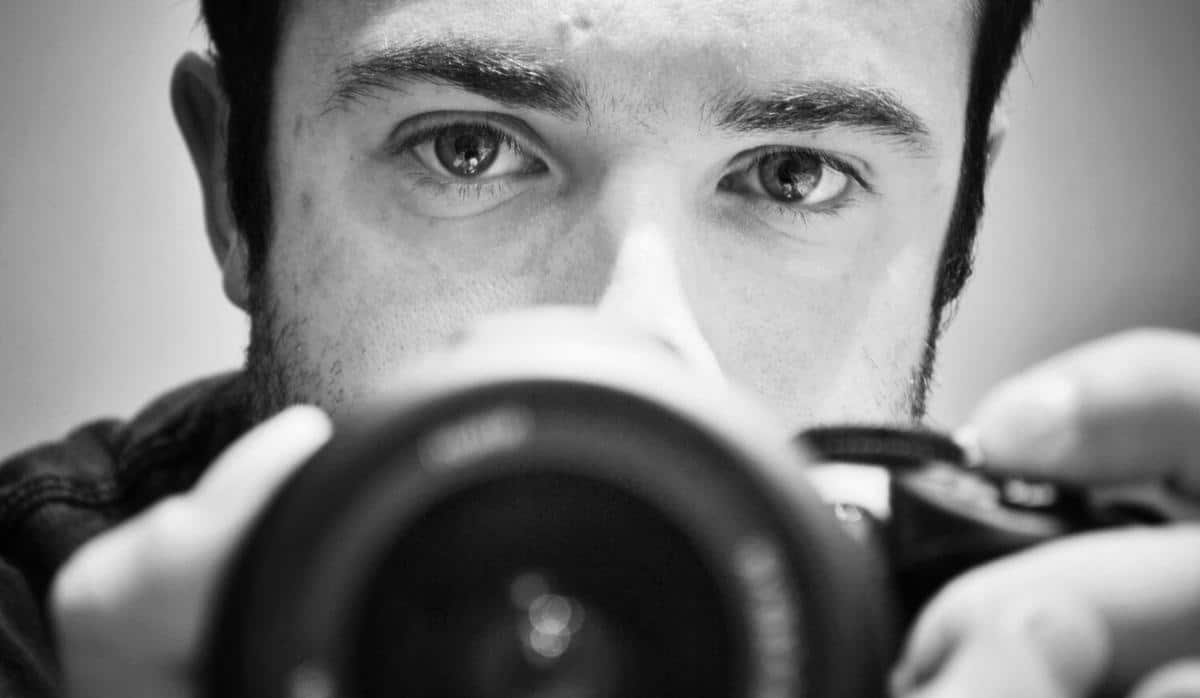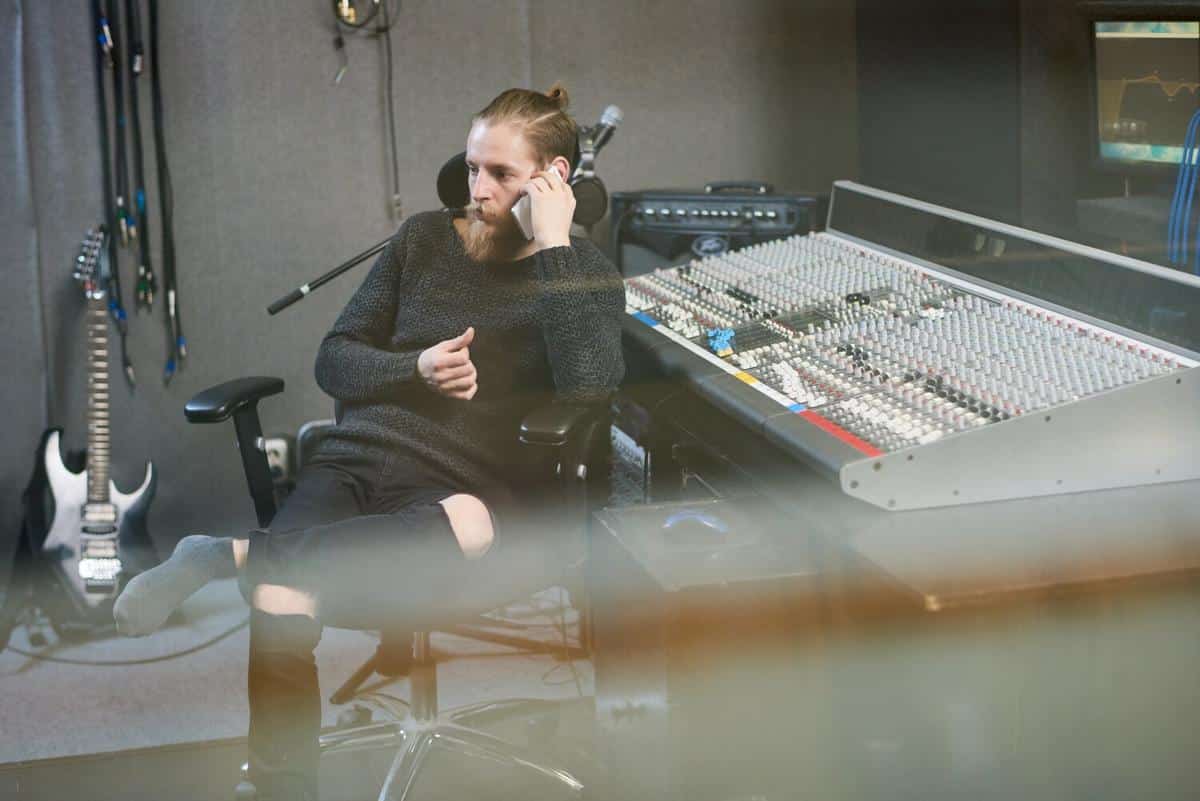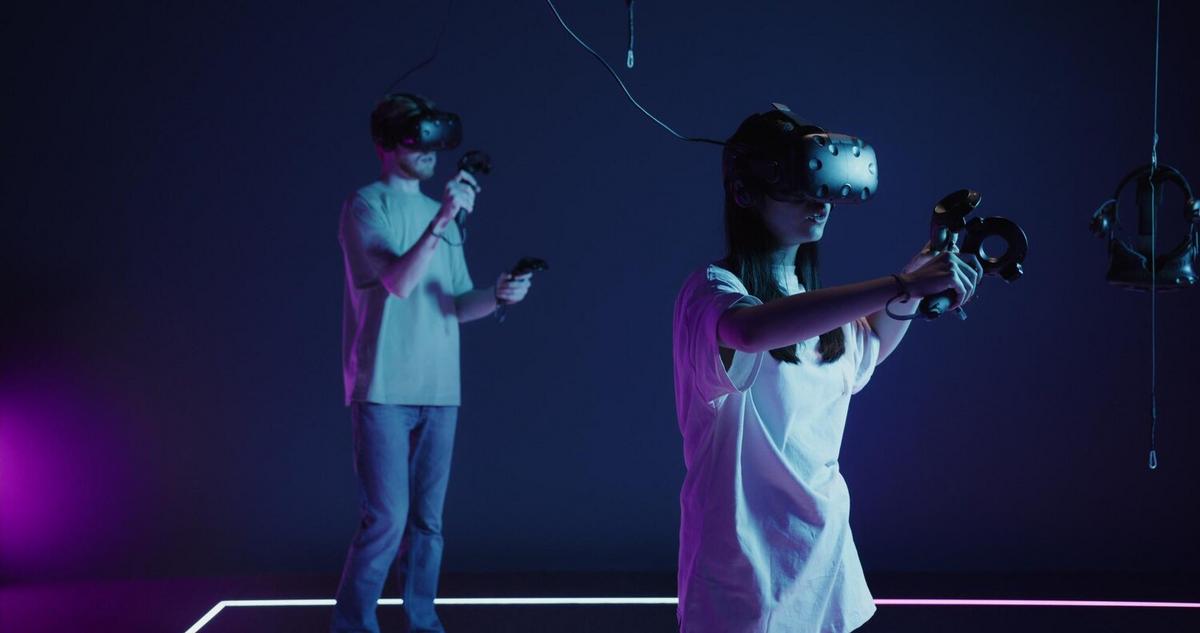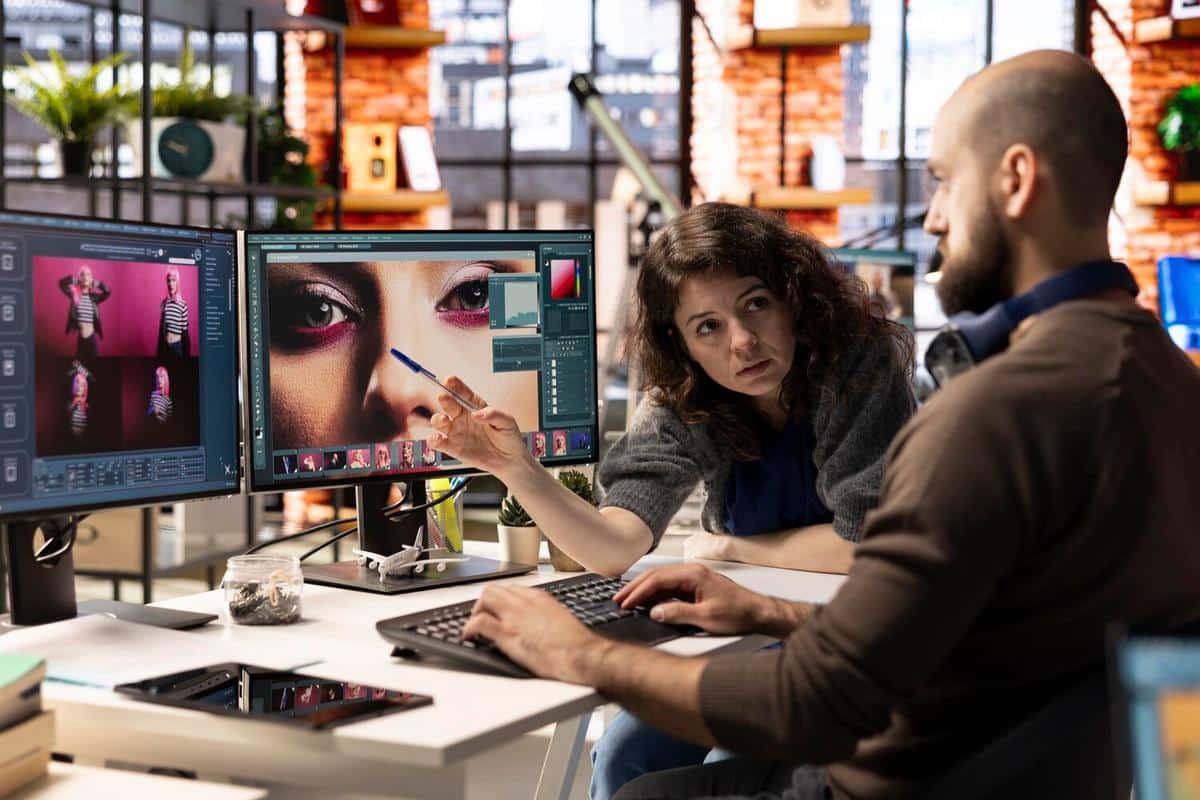
Essential Gear for Aspiring Portrait Photographers
Stepping into the world of portrait photography can be both thrilling and daunting. With a myriad of tools available, knowing where to start can make all the difference in capturing that perfect shot.
Portrait photography is an art that requires not just talent but also the right equipment. While having a good eye is essential, the tools you use can significantly enhance the quality of your work. Here, we’ll explore the essential gear every aspiring portrait photographer should consider investing in.
Camera Choices: DSLRs vs. Mirrorless
Choosing between a DSLR and a mirrorless camera is a common dilemma for photographers. DSLRs have been the staple for years, known for their durability and extensive lens options. On the other hand, mirrorless cameras are gaining traction due to their compact size and advanced technology. According to renowned photographer Ansel Adams, ‘The single most important component of a camera is the twelve inches behind it.’ This highlights the importance of understanding your own needs and style when selecting a camera.
Key Lenses for Portrait Photography
The lens you choose can drastically impact your portraits. Prime lenses, such as the 50mm and 85mm, are celebrated for their ability to produce sharp images with beautiful background blur. A study by Photography Life suggests that 85mm lenses offer an ideal focal length for portraits, providing a natural perspective and flattering features.
Lighting Equipment: Natural vs. Artificial
Lighting is crucial in portrait photography. While natural light is often preferred for its soft and flattering effect, artificial lighting provides control and consistency. Investing in a quality flash or continuous lighting setup can be beneficial. As photographer Joe McNally states, ‘Light makes photography. Embrace it. Admire it. Love it. But above all, know it for all you are worth, and you will know the key to photography.’
Tripods and Stabilization
Tripods are not just for landscape photographers. A sturdy tripod can help eliminate camera shake, especially in low-light scenarios. It’s a tool that can elevate your work from amateur to professional in appearance.
Editing Software and Post-Processing
Post-processing is where the magic happens. Software like Adobe Lightroom and Photoshop are industry standards for editing portraits. They allow photographers to adjust exposure, retouch blemishes, and enhance colors. Learning these tools can set your work apart.
Table: Essential Gear Comparison
| Gear | Purpose | Recommendation |
|---|---|---|
| Camera | Main equipment for capturing images | DSLR or Mirrorless |
| Lenses | Defines image quality and depth | 50mm, 85mm |
| Lighting | Enhances subject visibility | Flash or Continuous |
| Tripod | Stabilizes the camera | Heavy-duty tripod |
| Editing Software | Post-processing images | Lightroom, Photoshop |
| Reflectors | Manipulate light on subject | 5-in-1 Reflector |
| Camera Bag | Protect and organize gear | Waterproof, padded |
| Memory Cards | Store images | High-speed, reliable |
FAQs
What is the ideal lens for portrait photography?
The 85mm lens is widely regarded as ideal for portraits due to its flattering perspective and depth of field.
How important is lighting in portrait photography?
Lighting is critical as it affects the mood, tone, and clarity of your portrait. Both natural and artificial lighting have their unique benefits.
Conclusion
Embarking on your journey as a portrait photographer requires the right gear to translate your vision into reality. By investing in quality equipment and enhancing your skills through practice and education, you’ll be well on your way to capturing stunning portraits that resonate with your audience. Whether you’re just starting out or looking to upgrade your kit, these essential tools will set you on the path to success.


